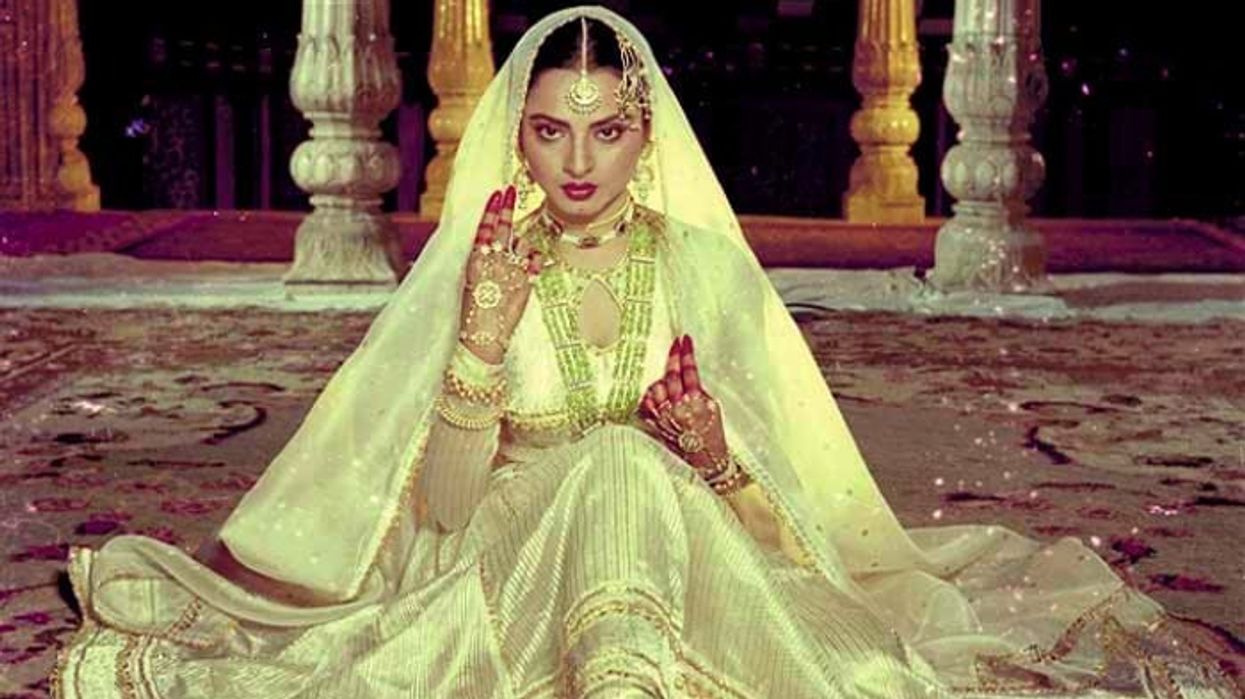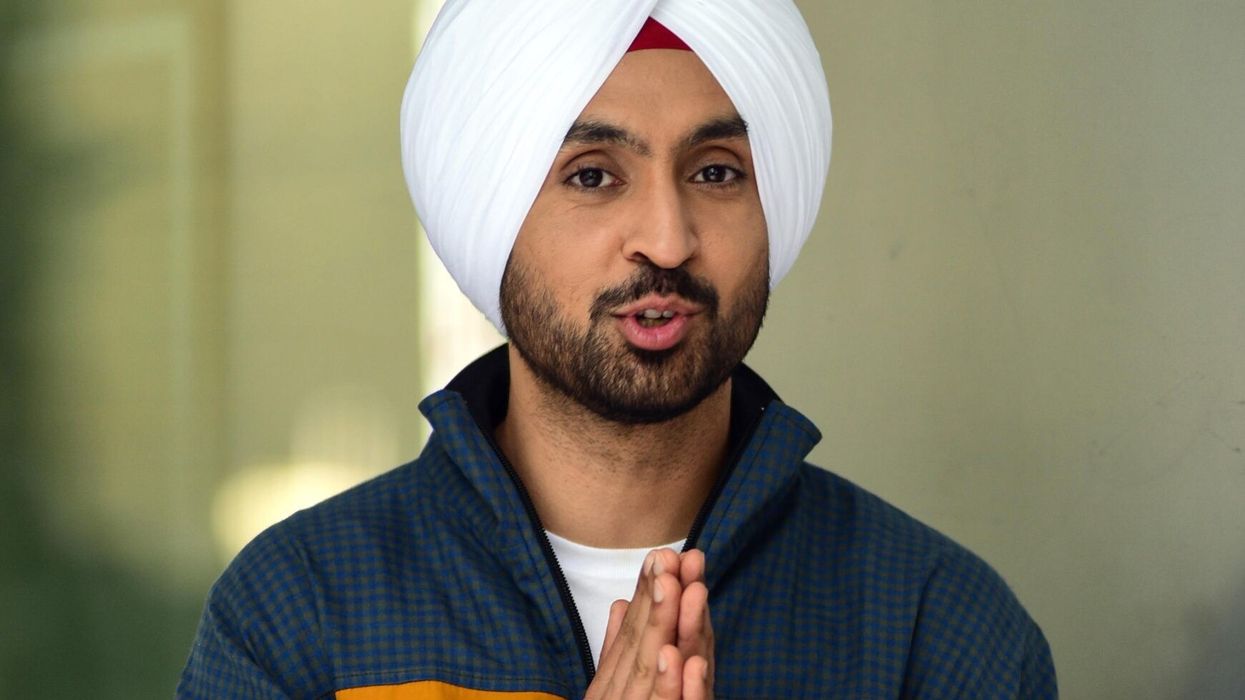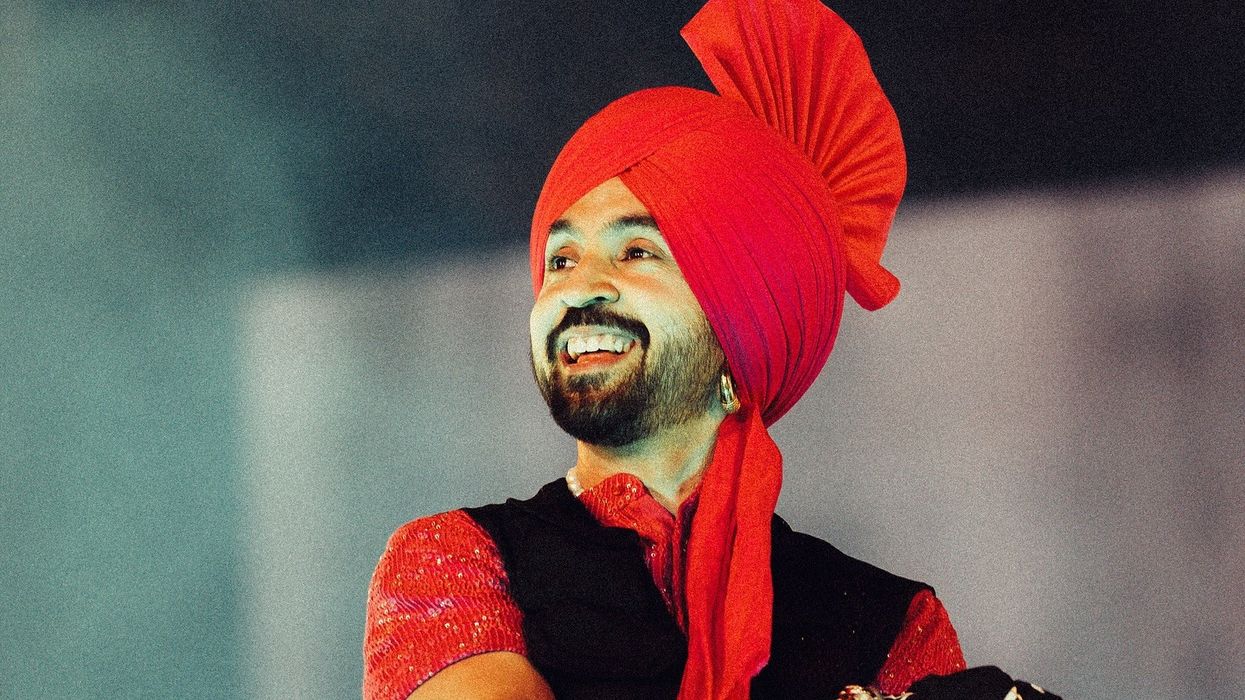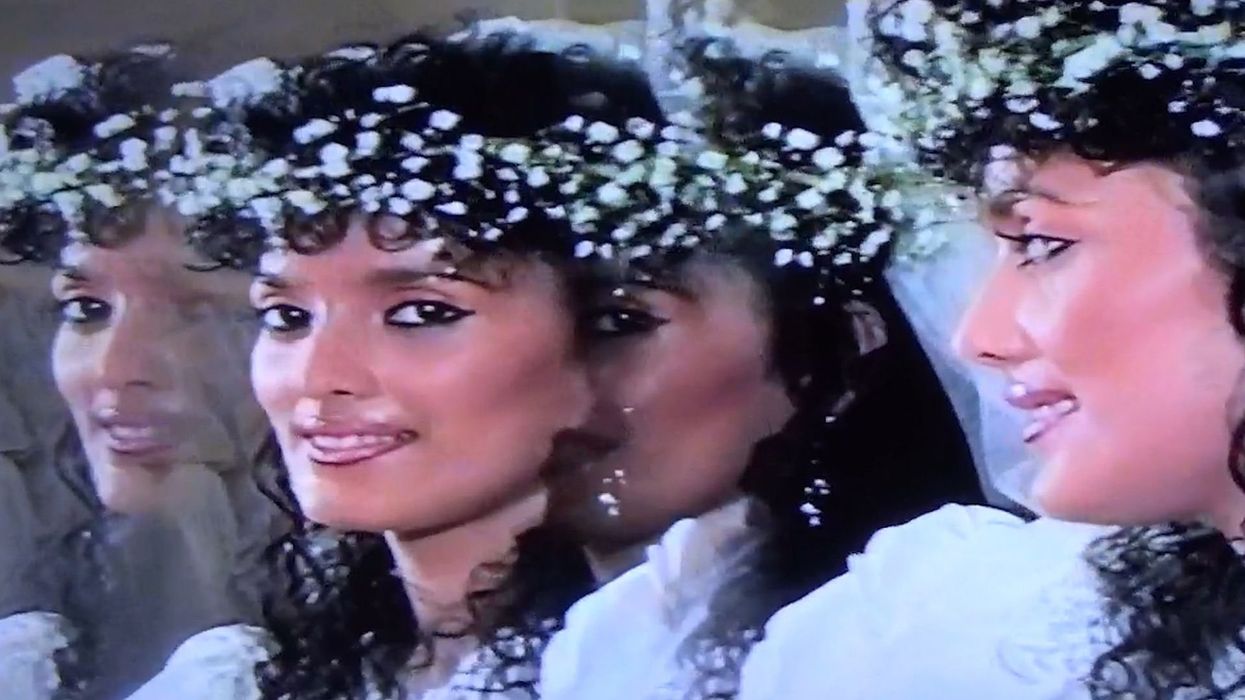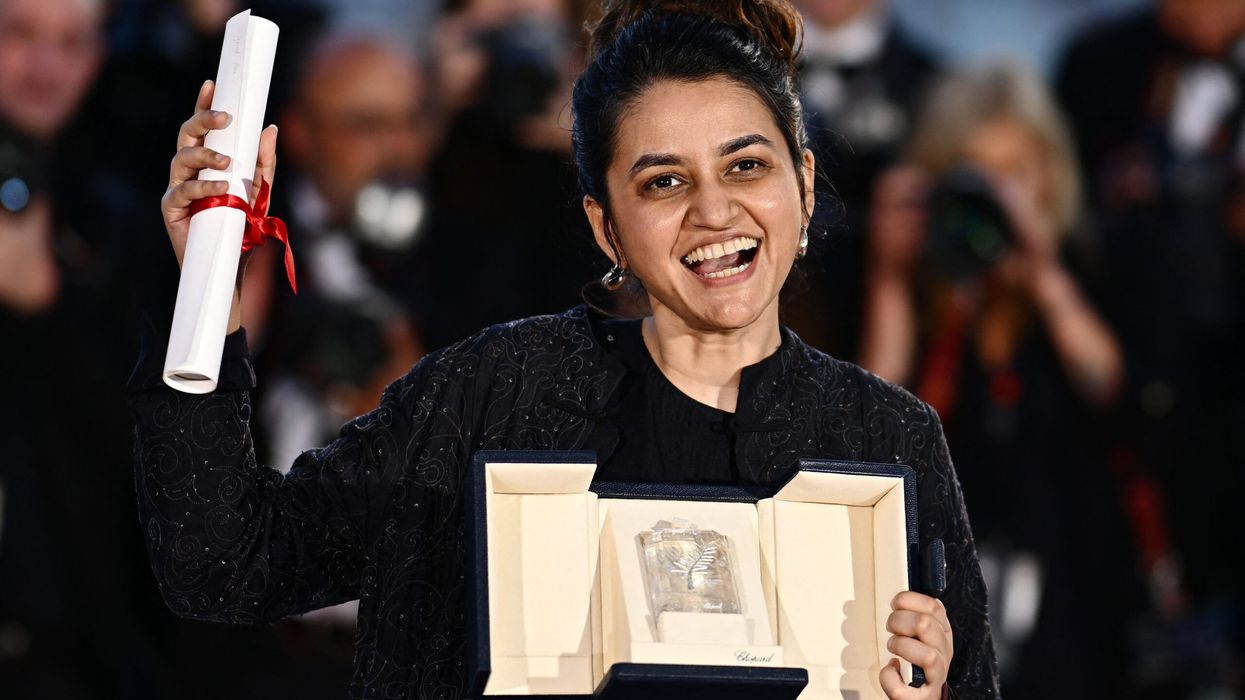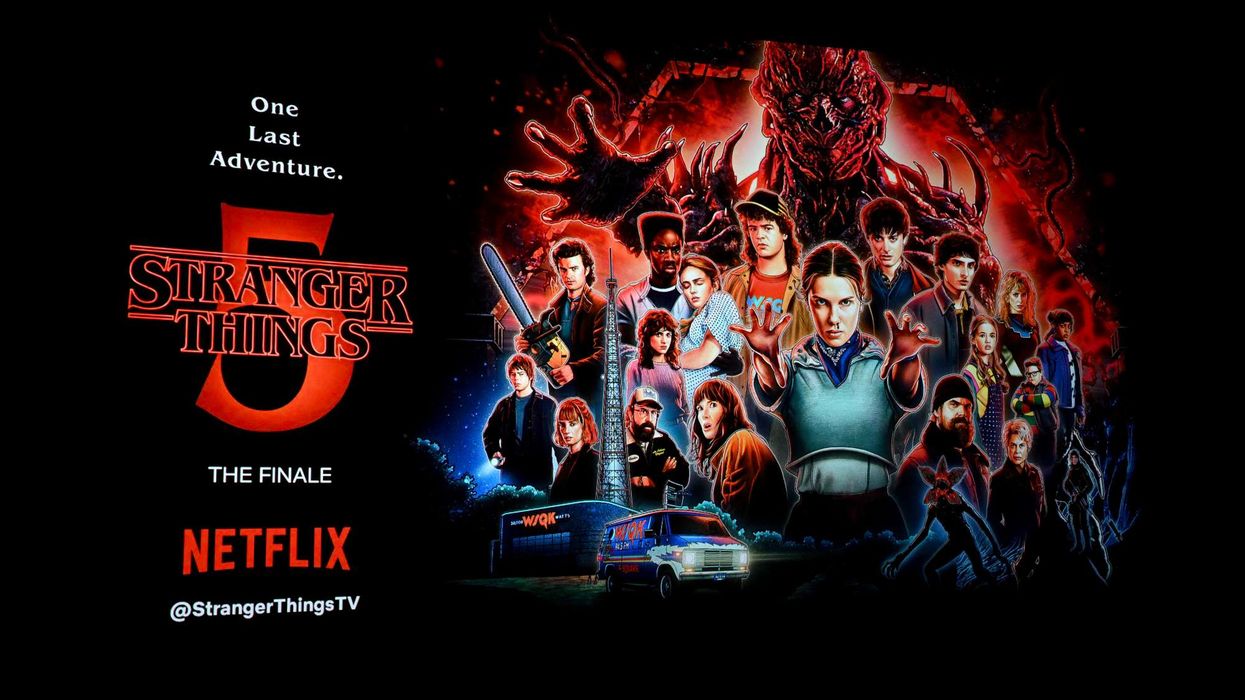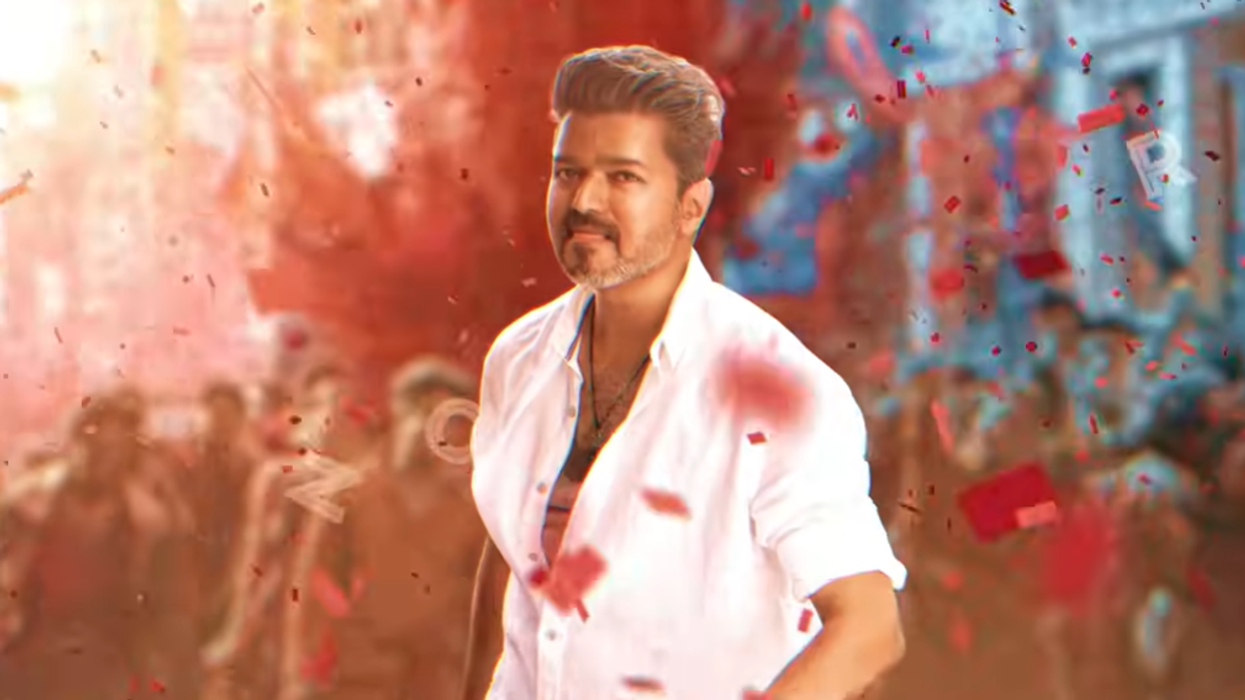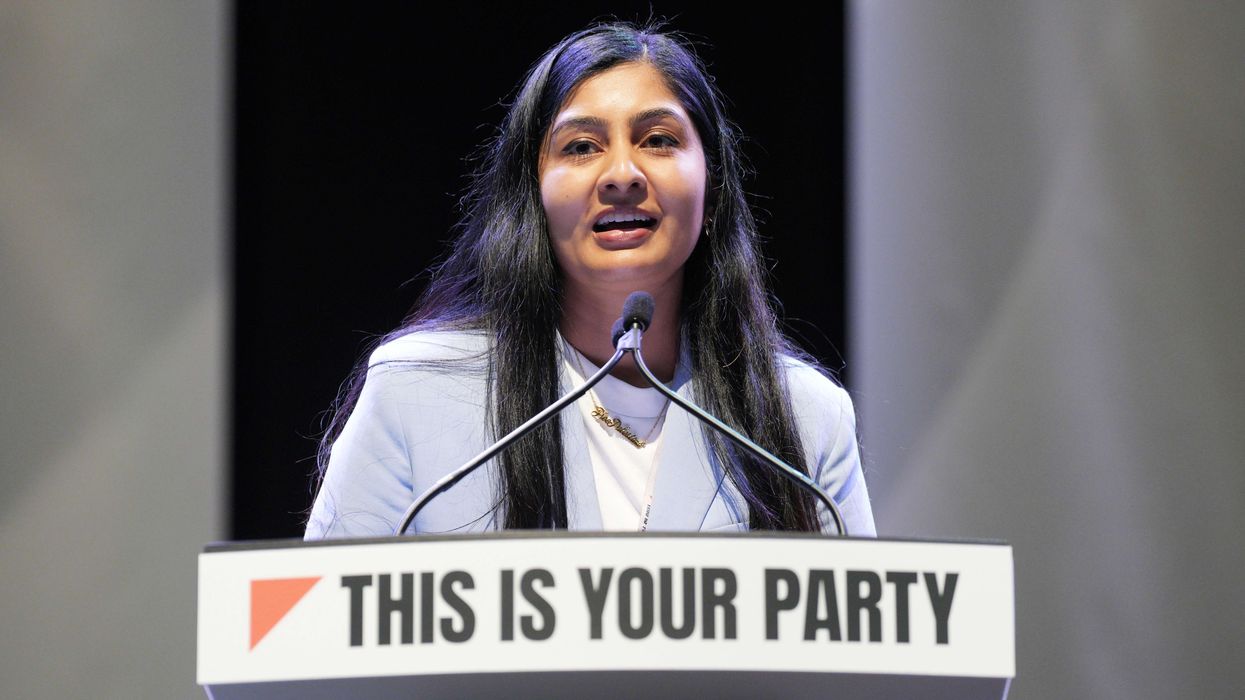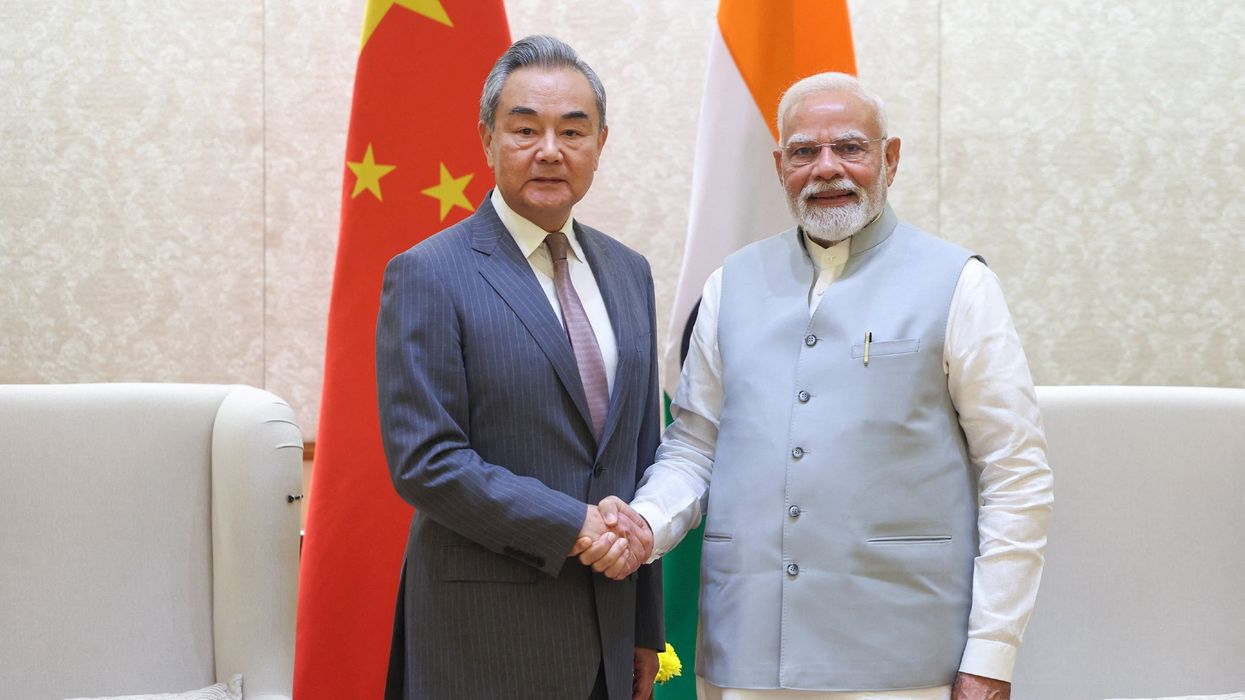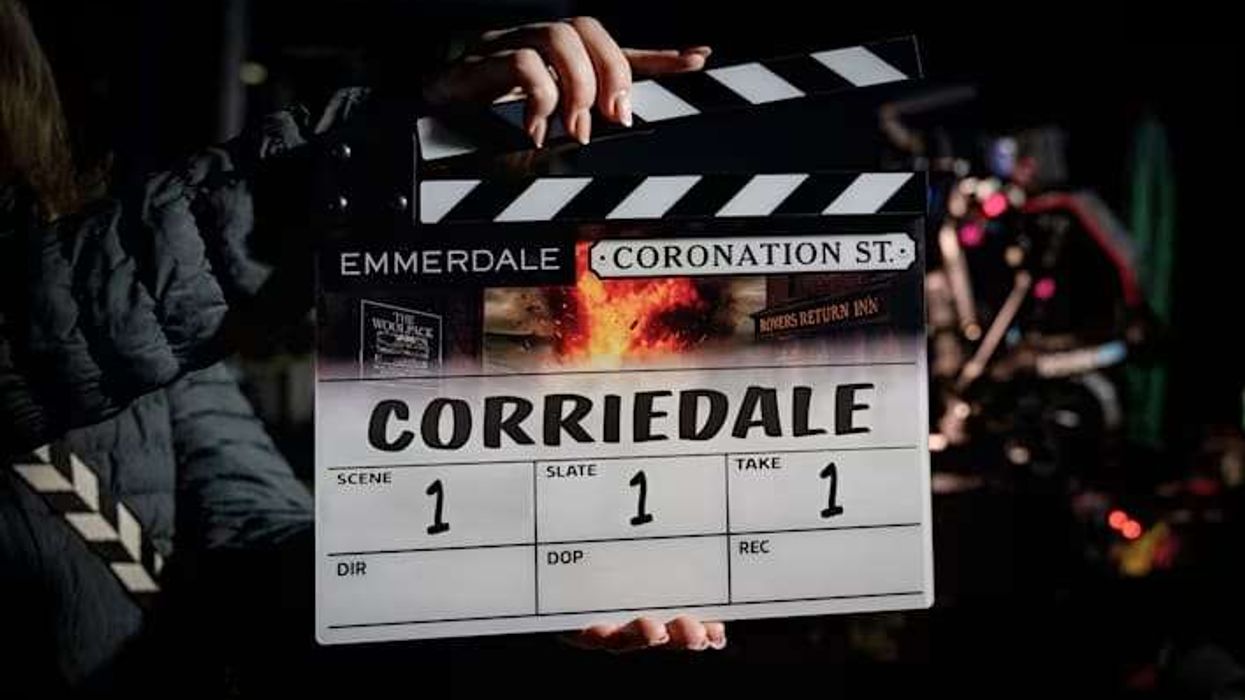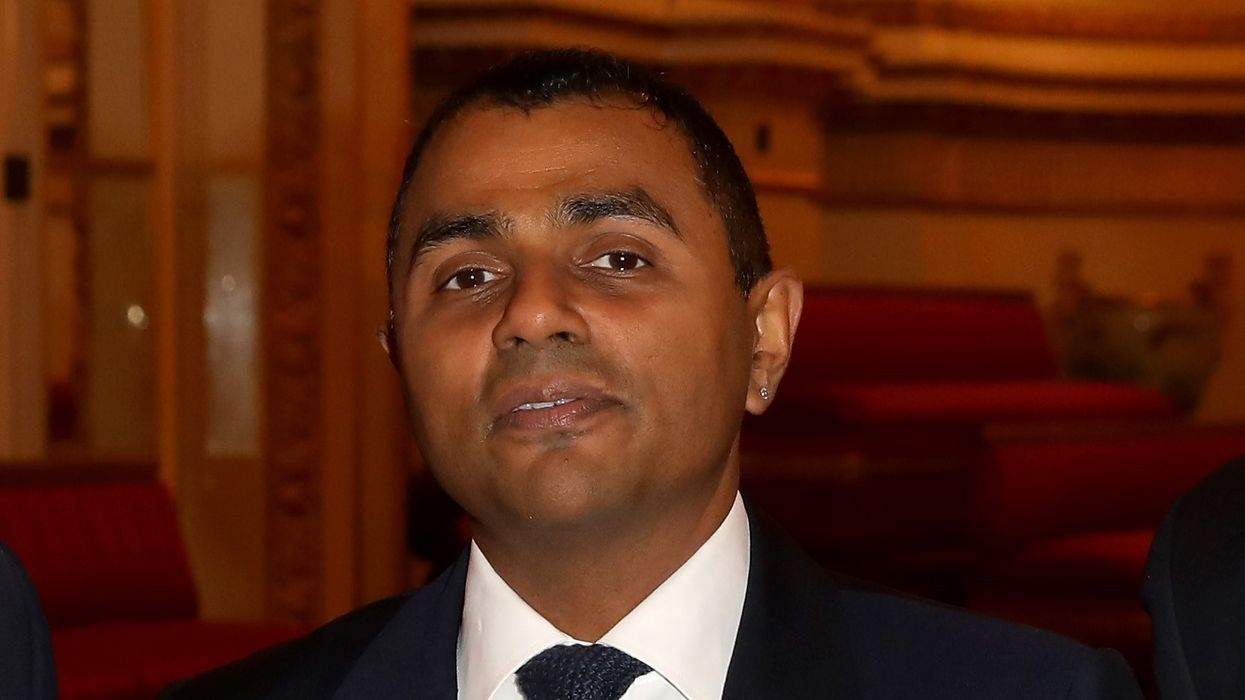REKHA battled against the odds to become one of Bollywood’s greatest icons. Apart from delivering unforgettable performances in remarkable films, the legendary leading lady became a fashion icon and a strong symbol of girl power, living life fearlessly on her own terms.
Born in 1954, the cinema icon celebrates her 70th birthday on October 10 and will receive love from fans around the world.
Eastern Eye marks the occasion with an A to Z guide to her life and celebrated career.
A is for Amitabh Bachchan: Rekha is most associated with Amitabh Bachchan, having delivered some of her most memorable roles opposite him. They first worked together in Do Anjaane (1976), followed by classics like Alaap (1977), Khoon Pasina (1977), Muqaddar Ka Sikandar (1978), Mr Natwarlal (1979), Suhaag (1979), and Silsila (1981). They are regarded as one of Bollywood’s greatest onscreen couples and were allegedly involved in a famous affair (see S).
SilsilaB is for Beginning: Rekha was born Bhanurekha Ganesan in Chennai on October 10, 1954, to renowned south Indian actors Gemini Ganesan and Pushpavalli. Her parents were unmarried at the time, and her father refused to support or acknowledge her and her younger sister, Radha. Meanwhile, her mother was often busy with film commitments, leaving Rekha with an unstable childhood, spending much of her time with her grandmother. She revealed these details in the mid-1970s and eventually reconciled with her father.
C is for Child actress: Rekha appeared as a child actress in Inti Guttu (1958) and Rangula Ratnam (1966) but never considered pursuing a career in acting due to insecurities about her appearance (see I).
D is for Debut: After making her debut as a leading lady in south Indian cinema (see O), Rekha entered Bollywood with Sawan Bhadon (1970), opposite fellow debutante Navin Nischol. The film was a commercial success.
E is for Education: Due to financial difficulties and the lack of support from her father, Rekha was asked by her mother to leave school at 13 to pursue acting. The actress later regretted leaving education early and made sure her younger sister Radha completed her schooling.
F is for Fearless: Living life on her own terms and playing powerful characters turned Rekha into a symbol of female empowerment. Instead of just being arm candy, she chose roles with substance, spoke her mind, and was unafraid to challenge the norms, earning her a reputation for courage both on and off screen.
G is for Government: Rekha was nominated to the Indian Parliament in 2012 and took part in various initiatives. She was appointed by President Pratibha Patil for her contributions to art and served until 2018. In 2010, she received the Padma Shri, India’s fourth-highest civilian honour.
H is for Hits: Rekha starred in numerous box office successes, including Raampur Ka Lakshman (1972), Namak Haraam (1973), Pran Jaye Per Vachan Na Jaye (1974), Dharmatma (1975), Alaap (1977), Khoon Pasina (1977), Muqaddar Ka Sikandar (1978), Ghar (1978), Mr Natwarlal (1979), Suhaag (1979), Khubsoorat (1980), Silsila (1981), Jeevan Dhaara (1982), Khoon Bhari Maang (1988), Phool Bane Angaray (1991), Khiladiyon Ka Khiladi (1996), Lajja (2001) and Koi Mil Gaya (2003).
Muqaddar Ka SikandarI is for Insecurities: Growing up with an absent father and childhood obesity, Rekha faced bullying at school, which left her with insecurities. Early in her career, she was criticised for her dark complexion and plump figure. She later transformed her appearance (see T) and became one of Bollywood’s hottest pin-ups.
J is for Jump: At the height of her commercial success, Rekha transitioned to parallel cinema, starring in critically acclaimed films like Kalyug (1981), Umrao Jaan (1981), Vijeta (1982), Utsav (1984), and Ijaazat (1987), showcasing her impressive range as an actress.
K is for Khubsoorat: Rekha won her first Filmfare best actress award for Khubsoorat (1980), a hit comedy directed by Hrishikesh Mukherjee. The role, written specifically for her, was one she related to wholeheartedly and remains one of the finest female characters in Bollywood.
L is for Life Story: The unofficial biography Eurekha!: The Intimate Life Story of Rekha was published in 1999, which Rekha criticised. In 2016, another biography, Rekha: The Untold Story, was published to largely positive reviews. The actress has also received multiple lifetime achievement awards.
M is for Mother: Rekha’s role as the mother in Koi Mil Gaya (2003) was written specifically for her. She received multiple nominations for best supporting actress and reprised the role in the blockbuster sequel Krrish (2006).
N is for No: Rekha was the first choice for the title role in the blockbuster Chandni (1989) but she turned it down, suggesting that Yash Chopra cast a younger actress, Sridevi, which he did. Another film where she was the initial choice was Anjaam (1994), but Madhuri Dixit ended up playing the role opposite Shah Rukh Khan instead.
RekhaO is for Operation Jackpot: At just 14, Rekha made her debut as a leading lady in the Kannada spy thriller Operation Jackpot Nalli C.I.D 999 (1969) opposite Dr Rajkumar, which was part of a hit franchise. Shortly after, she moved to Mumbai to pursue a career in Hindi cinema.
P is for Phonetic: Rekha grew up speaking English and some Telugu. When she started her Bollywood career, she had to read scripts phonetically in Roman English to grasp the Hindi language. She then worked hard to learn the language.
Q is for Quotes: Although Rekha gives fewer interviews now (see R), she has delivered many memorable quotes over the years. One such quote is, “I don’t believe in success, I don’t believe in achievements so to speak. I just believe in relishing every moment of my life. That’s enough for me.” She even has a page dedicated to her on the website Brainy Quote, featuring many of her iconic one-liners.
R is for Reserved: Known for guarding her privacy, Rekha has always been a reclusive figure. Over time, her media appearances and interviews have become increasingly rare, adding to the air of mystery surrounding her.
S is for Scandals: Rekha has been linked to several real-life dramas, from her absentee father to her chequered romantic life and her husband’s suicide. Perhaps the most infamous scandal was her alleged affair with Amitabh Bachchan (husband of Jaya Bachchan). The tension reached its peak when ace director Yash Chopra managed to cast all three – Amitabh, Rekha, and Jaya Bachchan – in his film Silsila (1981), a story that mirrored their real-life situation. Jaya had even come out of retirement to play the role of a wife whose husband is having an affair, eerily reflecting their off-screen lives.
T is for Transformation: Hurt by being labelled an ‘ugly duckling’ early in her career, Rekha underwent a dramatic transformation in the mid-1970s. She worked on her appearance, make-up, fashion, and acting, emerging as one of Bollywood’s sex symbols. She credited her new look to yoga, diet, and discipline, which led to the publication of her book Rekha’s Mind and Body Temple in 1983.
Koi Mil GayaU is for Umrao Jaan: Rekha delivered her career-defining performance in the period musical drama Umrao Jaan (1980). The film, an adaptation of a 1905 novel, saw her beautifully portray an alluring courtesan from the 1840s. Rekha, who had earlier struggled with Hindi, worked hard to master the finer nuances of Urdu for the role. Her performance was met with wide critical acclaim, and she won the prestigious National Award for best actress.
V is for Vengeance: Rekha’s strong screen presence made her the perfect fit for avenging roles, and one of the most famous of these was in Khoon Bhari Maang (1988). She brilliantly played a wealthy widow who survives an attempted murder by her scheming second husband and returns to seek revenge. This earned her a Filmfare best actress award. Another notable revenge role came in the hit film Phool Bane Angaray (1991), where she portrayed a woman who joins the police force to avenge her husband’s death, earning another Filmfare best actress nomination.
W is for Wedding: Rekha was rumoured to have married actor Vinod Mehra in the 1970s, but she later denied this. On March 4, 1990, she married Delhi-based industrialist Mukesh Aggarwal, unaware of his long-term struggles with depression. Tragically, he committed suicide just a few months later while she was in London, leaving behind a note that said, “Don’t blame anyone.”
X is for X-rated: Rekha shocked audiences by appearing in the erotic drama Utsav (1984), a film that was simultaneously made in English and Hindi. She then starred in Mira Nair’s film Kama Sutra: A Tale of Love (1996), which was banned in India due to its erotic theme and explicit sexual content.
Y is for Yatra: There perhaps hasn’t been a Bollywood leading lady who has portrayed a courtesan quite like Rekha, in films like Muqaddar Ka Sikander (1978), Suhaag (1979), and Umrao Jaan (1980). Her last memorable turn as a courtesan was in Yatra (2007).
Z is for Zubeida: Unlike many leading ladies of the 1970s and 1980s, Rekha successfully transitioned into character roles, including her performance in the acclaimed film Zubeida (2001), which won a National Award for best feature film in Hindi. It stands as one of many outstanding performances in her long and illustrious career.
